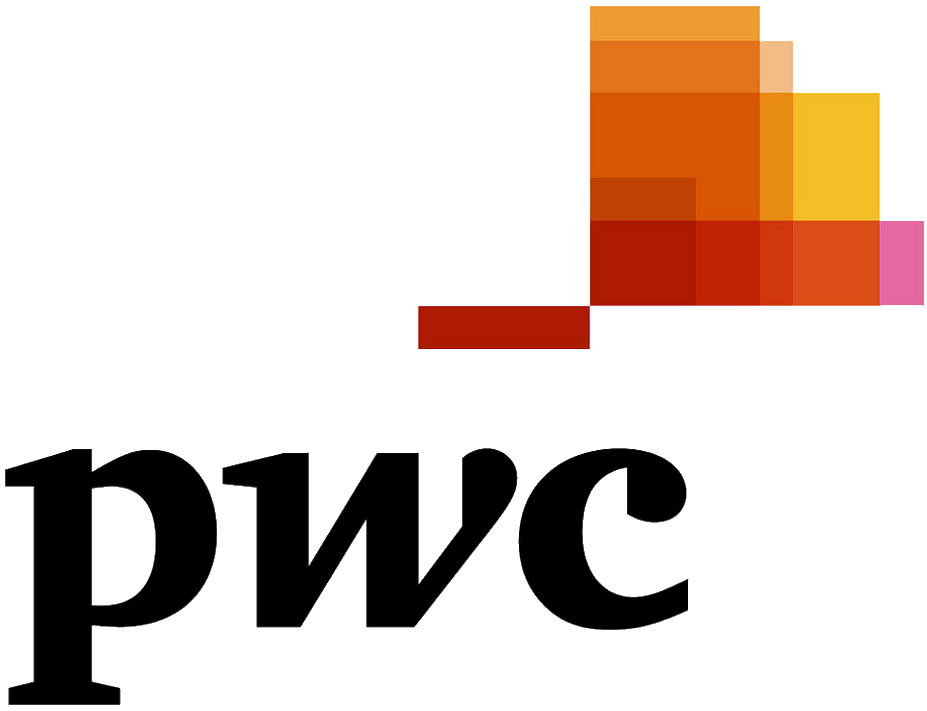As a member of the European Lab Project Task Force on Reporting of Non-financial Risks and Opportunities and Linkage to the Business Model (PTF-RNFRO), I’m proud that today, European Financial Reporting Advisory Group (EFRAG) published the project task force report ‘Towards Sustainable Businesses: Good Practices in Business Model, Risks and Opportunities Reporting in the EU’.
This report contains relevant insights on sustainability reporting information in the context of the description of the business model. In this short blog, I highlight the opportunity side to incorporate sustainability in companies’ reporting. The last paragraph refers to practical insights to cease the opportunity.
Show the sustainability reality for the company – To start, the report shows that reporting on the business model is not holistically developed. In my experience, when reading a business model disclosure in an annual report, often it doesn’t even simply state what the company actually does and how it creates value. Difficult conceptual terms are used without stating what the company services or products are. Also, disclosures of environmental or social risks and/or inaction are inadequately developed, diminishing the reliability of positive value creation statements, which consequently are more easily referred to the ‘marketing’ corner.
The opportunity side is that within a business model disclosure, a company can position itself in a sustainable tomorrow, recognizing the reality of sustainability for the company. Value creating aspects could then be used by capital providers to predict the future performance of the business, but also by other stakeholders as decision useful information.
Make sustainability a reality – In its work, the project task force found that disclosures are often too positive and that the link between sustainability strategies and companies’ financial objectives is quite limited. Also, sustainability risks stand out more opposed to the sustainability opportunities and these risks and opportunities are disclosed in various locations across corporate reports. A quantification of these risks and opportunities is rarely found.
This poses a clear opportunity to report on how the company has implemented sustainability risks and opportunities into everyday operations and how transformation takes place to a sustainable tomorrow, on the short, medium, and long term. By reporting on these sustainability aspects, linking them to financial objectives and remuneration, and even quantifying sustainability, the company conveys how it makes sustainability a reality.
Keep sustainability a reality – I believe the majority of companies to be genuine in their sustainability ambitions and see that companies put effort into their sustainability journeys. Reporting on where a company is in its sustainability journey is however difficult. The project task force recognizes that there is insufficient deployment of possible technological solutions at this point in time and that other factors come into play, such as a variety of reporting standards, diverse application of definitions, absence or patchy application of science-based targets and inconsistent use of third-party assurance on non-financial information.
There is an opportunity here for companies to show how they ‘do’ and not ‘only tell’. It requires to define, implement, and report the right high quality and reliable KPIs. The crave for unified standards is starting to get answered by global voluntary initiatives and regulations as the EU Taxonomy for sustainable activities as well as the Corporate Sustainability Reporting Directive. Companies can respond with swift implementations to show the company keeps sustainability a reality.
How should a company proceed? – The report ‘Towards Sustainable Businesses: Good Practices in Business Model, Risks and Opportunities Reporting in the EU’ includes recommendations on how companies can improve their reporting of sustainability risks and opportunities and their linkage to the business model. The report includes suggested sustainability reporting tips for companies to consider (i.e., do’s and don’ts). Additionally, the supplement document of good reporting practices displays multiple good practices to inspire companies that want to act.
Together, we can take the necessary steps to more relevant corporate reporting of sustainability information. The findings of the report as well as its practical recommendations will help companies to grasp the opportunity side to incorporate sustainability in the reporting of their business models. This will increase reporting relevance and shows the value of the company.




